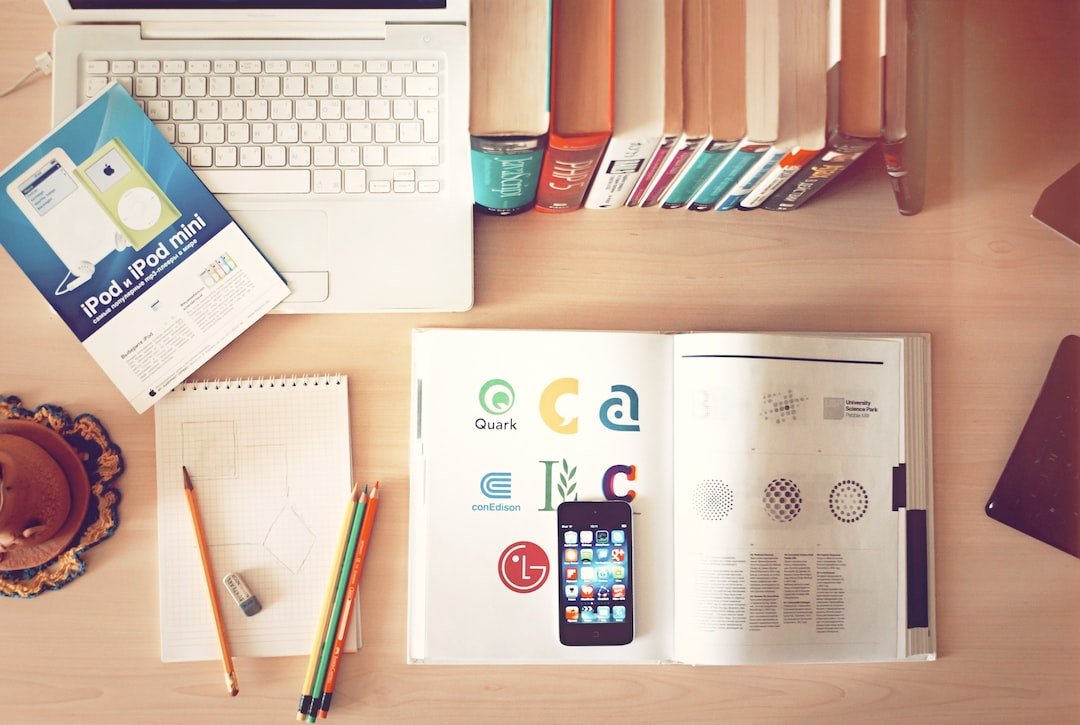The Role of Color Psychology in Design
When we think of design, we often envision sleek lines, beautiful typography, and eye-catching graphics. But have you ever stopped to consider the impact that color has on design? Color plays a vital role in how we perceive and experience the world around us, and it holds a unique power in the field of design. In fact, color psychology is the study of how different colors affect human behavior and emotions. Let’s dive into the role of color psychology in design and how it can enhance the impact of our creations.
Color has the ability to evoke certain emotions and reactions within us. For example, warm colors like red, orange, and yellow tend to evoke feelings of energy, warmth, and excitement. On the other hand, cool colors like blue, green, and purple often elicit feelings of calmness, tranquility, and serenity. By understanding the psychological impact of each color, designers can strategically use color to create a specific mood or evoke a desired emotional response.
In branding and logo design, color psychology plays a significant role. Each color carries its own set of associations and meaning. For instance, the color red is often associated with passion, energy, and urgency. It grabs attention and can convey a sense of importance. This is why you often see red used in sale signs or call-to-action buttons on websites. On the other hand, blue is often associated with trust, reliability, and professionalism. It is commonly used by banks and corporations to convey a sense of reliability and dependability.
It’s not just about the individual color; it’s also about the combination and contrast between different colors. Color harmony involves selecting colors that work well together and create a pleasing visual experience. When contrasting colors are used, they can create a sense of vibrancy and excitement. On the other hand, complementary colors, which are opposite each other on the color wheel, create a sense of balance and harmony. Designers carefully consider these color relationships when creating layouts, selecting color schemes, and choosing color palettes that best convey the intended message.
Additionally, cultural and personal associations with colors can also influence their impact on design. Different cultures may have different meanings and beliefs associated with certain colors. For example, in Western cultures, white is often associated with purity and weddings, while in some Eastern cultures, it is associated with death and mourning. Personal experiences and preferences also play a role in how individuals perceive and react to different colors. Designers must be mindful of these cultural and personal associations to ensure their design resonates with the intended audience.
Another important aspect of color psychology in design is its ability to improve user experience and navigation. Color can be used to guide users through a website or app, highlighting important elements and creating a visual hierarchy. For example, using a contrasting color for important buttons or call-to-action elements can make them stand out and attract users’ attention. Similarly, using color to differentiate content sections can make it easier for users to navigate and find the information they need. By utilizing color psychology, designers can optimize user experience and enhance the usability of their designs.
In conclusion, color psychology plays a significant role in design. By understanding the psychological impact of colors, designers can strategically use color to evoke specific emotions, convey meaning, and create a harmonious visual experience. Whether it’s in branding, logo design, or user experience, color has the power to transform and enhance the impact of our creations. So next time you embark on a design project, remember to harness the power of color psychology to create a truly impactful and engaging experience for your audience.

